"Opposite Ostad Moein Street at Akbari Street, the guards began to attack at 7:00. One of the guards came up to me, expecting me to run away or go back. When he saw that I was standing in front of him, he hit me with a fist in my chest. Before I could react, another guard hit me in the head with a baton. I felt dizzy and collapsed. They began kicking me and hitting me with batons. A number of people came toward us shouting, and the guards pulled back. My pelvis has been injured, one of my fingers was broken with a baton and my head is swollen. I don't know if I have a concussion. The hospital wanted a lot of money, which I could not pay."
This is Sina's account of what he experienced during the crackdown on the evening of Sunday, January 12, painting a clear picture of the second day of protests following the Revolutionary Guards’ admission that they shot down a passenger plane, killing everyone aboard.
Amin, another protester in Tehran, described the situation as “a sort of controlled violence by police and security forces to suppress and disperse protesters, with the least cost and casualties."
The protests began as vigils and public gatherings to express sympathy with the families of the victims of the Ukrainian passenger plane and quickly spread to many cities across the country — but now they have become demonstrations against the political system as a whole.
Officials of the regime had hoped and imagined that after the public mourned the death of Quds commander Ghasem Soleimani, the situation would quieten down. Certainly they believed the November protests and their aftershocks would soon be forgotten.
But the shooting down of the plane and the admission that the Guards were responsible sparked protests, which began on the evening of Saturday, January 11 and which are now in their third day. On Sunday early afternoon, remarks made by Hossein Salami, the commander of the Revolutionary Guards, in parliament were broadcast live on television. His words did nothing to calm the Iranian public, and in fact, as Amin said, they made people even angrier and more frustrated. "Instead of saying it was the fault of the Revolutionary Guards and he would resign as commander and it is a crime that cannot be easily forgotten, he blatantly said this was like dust spread over the victory of the great attack against American bases to prevent it from being seen. It is clear why the people are calling the Revolutionary Guards ISIS."
Protests took place in Tehran, Sanandaj, Babol, Shiraz, Yazd, Mashhad, Ahvaz, Isfahan, Tabriz, Gorgan, Kermanshah, Shahrood, Amol, Qazvin, Semnan, Zanjan, Arak, Kerman and Damghan.
In some of these cities, security forces fired tear gas to disperse the protesters; in others they fired bullets, plastic baton rounds and paintballs. In some places they arrested protesters, and in almost all cases they attacked protesters with batons. And in at least one case, in Tehran, bullets wounded three young female protesters.
Protests in Tehran: Tear Gas at Azadi Square, Shots Fired at Moein Junction
Protest rallies in Tehran on Sunday afternoon were concentrated mainly on the route from Enghelab Square to Azadi Square. Rallies were also held at the intersection of Azadi Street and Ostad Moein Street, Jenah Street, and on a smaller scale, in front of Amir Kabir University.
Sina, the protester I spoke to who was injured by special forces, and who attended Sunday's rally at the intersection of Ostad Moein and Azadi Street, said the protests were being policed by a combination of plainclothes agents, the Special Forces to Protect the Supreme Leader (Nirooy-eh Vizhey-eh Pasdar-eh Velayat, or NOPU) agents wearing balaclava and all-black uniforms, and security agents: "They had batons and shields. As far as I could see, their guns [first] shot tear gas, with plastic bullets and paintball guns firing at us to identify [mark] us afterward. Some of the security forces were on motorcycles, driving on sidewalks and hitting people with batons."
According to Sina, who first went out to protest at 4pm, most of the clashes occurred under the pedestrian bridge at the intersection. ”I fell under the footsteps of the special force agents at 7pm. The people saved me. I was afraid of having a concussion because I was struck on my head by a baton. I am still not sure. A young couple took me by car to Ale-Yasin Clinic in Tarasht Street near Sama Square above Jenah Street. My head was swollen, and my finger was broken, but they refused to let me see the doctor. I went to Atieh Hospital; they said I had to pay five million tomans [$385] for a CT scan. I was thinking about how to get the money when two hospital guards came to me and inquired about how my head had been injured. I said I had an accident. Apparently they did not believe me and I was scared I would be arrested. I made an excuse and left the clinic."
As was the case with some protests in November, Sina said agents deliberately tried to hit the people in the face and head. "I saw a young woman who was hit with a baton in the face and in the eye. I don't know what happened to her; I didn't see anyone arresting her."
Videos posted later show that in the Ostad Moein area at least three young women were wounded by bullets between 7:30pm and 8:00pm. Another video posted online showed an armed plainclothes officer in the same area; he is believed to be the agent who shot at the women.
Amin says there was tight security around Shadman Metro Station at the intersection of Shadmehr and Azadi Streets at 8:30pm on Sunday night, where security guards again clashed with protesters: "Officers in both plainclothes and uniforms were shooting tear gas. There were more than 50 security guards at the metro entrances and exits. The protesters ranged from one to two thousand, but scattered to escape the agents."
According to Amin, security guards and Basijis held up loudspeakers and chanted slogans to drown out the chants of protesters. "Cars were beeping and Basijis were chanting, ’Death to Israel' and 'Death to America.' There was a lot of tear gas and we couldn't stop there, but they didn't let us go any further. I was riding a motorcycle and wearing a mask; one of the agents shouted at me swearing, ‘go away.’"
Amin says he had gone as far as Valiasr Square. "I was on my motorcycle because I wanted to help if anyone was injured, but I didn't see anyone. I saw arrests in the Enghelab Square; a private van was parked in the street and the officers surrounded it and kept the detainees inside."
Sara, a student at Allameh University, said she and her friends had lit candles in memory of the victims of the plane crash at Ketabi Square near the Allameh College of Social Sciences. “There were eight of us and we stayed there for less than an hour. But when we wanted to go, a police car arrived. The policeman, who was the commander, slapped two of us and trampled on the candles. He wanted to arrest two of us, but he gave up because of our resistance. They couldn't tolerate us, although we were not chanting any slogans. One of his officers said that he had not slept for two nights because they were on standby alert and he could not tolerate anything. His colleague said they were instructed not to let anyone light candles for the victims anywhere."
At Azadi Square, where the main protests were due to be held on Sunday, the heavy presence of plainclothes and special force units made it difficult for protesters to move. Siavash, one of the protesters who had taken the subway to Azadi Square to take part in protests, said some people began to chant as they left the station. "People were stopped on the escalators and were driven back. We got out and arrived at the BRT bus terminal at 6:15pm. People were silent and there was no mass gathering. A special forces motorcycle patrol was circulating. As the time passed, people gathered and the slogans started."
According to Siavash, because they were at a bus terminal, there were a lot of people there other than the protesters, which prevented the officers from effectively intervening. "At the side of the square where we were, between Jenah Street and Rahmani Brothers Street, paintball bullets and tear gas were shot. People gathered and chanted slogans and then were dispersed. When agents would go to the other side to disperse people, we would gather again and chant. The slogans 'death to the dictator,' and 'death to Khamenei' and 'Shameless, Shameless.’"
Siavash says the huge number of agents prevented people from coming together on all sides of the square: "Where we were inside the BRT parking lot among the buses, there were between 50 to several hundreds of protesters. But when we finally got into the square, I think we were about a thousand protesters, and we headed toward the Rahmani Brothers Street, where the special forces were stationed, and they fired a lot of tear gas at us and behind us."
The tear gas made people angry, and a number of them started throwing stones at the agents. "I didn't see anyone injured or arrested there. After less than an hour, the number of protesters declined, and the special forces were gone and security forces with batons replaced them."
Siavash says on the way back to Enghelab Square, a woman with blood on her hands entered the BRT bus station by Shadman metro station. She said the blood was from the leg of a woman who was injured and had been taken to the hospital in a car. “It was very busy and people were gathering and chanting slogans at the entrance to the subway, and there were many agents on the other side of the street."
"A number of Basiji agents, armed with tear gas guns and fake bullets, and a number of plainclothes armed with firearms were also stationed on Azerbaijan Street. Some were filming people."
Another protester, Kamyar, said BRT buses from Chahar-Divari Station toward Azadi were not running on Sunday evening and there were special forces positioned at Ariashahr (Sadeghiyeh) so that no one could drive to Azadi Square. "I walked to Azadi Sqaure. At the intersection of Danesh Street, special forces attacked people with about 20 water cannons at around 8pm and special forces motorcyclists rallied around the crowd. People scattered. The northern gates of Azadi Terminal were also closed and tear gas was fired at the Azadi bus terminal parking lot. At 10pm the people were dispersed and Azadi Square and Aryashahr area were quiet."
According to Kamyar, most of the security guards were from special forces and NOPU forces, and there were also a few plainclothes agents and Basijis in the area. "The people were probably around 2,000 [in number] at that time. But they were very scattered. I saw some arrests, maybe 20 people. But this was only around Azadi Square because they were more likely to make the protesters escape further on from Azadi Square and the Ariashahr areas; the vans, which usually take away detainees, could not travel until 9pm because of heavy traffic."
Sureh, another protester, arrived at the subway at around 7:45pm. "It seemed that minutes before I arrived, they had fired tear gas inside the station. When I came out of the subway, I saw about 100 special agents and plainclothes officers standing on the street."
"By the time I arrived, they had been attacking the crowd and the people were scattered. About 300 people were standing on both sides of the street."
Sureh headed towards the junction of Jeihun and Azadi Streets: "A crowd of about 100 people were chanting slogans: ‘Death to the dictator,’ ‘Commander in chief, resign,’ ‘Shame on you for your error,’ ‘May traitor mullahs become homeless; they destroyed the homeland.'"
According to Sureh, agents chased protesters several times. Agents finally succeeded in dispersing the crowd at around 9:30pm. "A few people were beaten and others escaped, but the special forces continued chasing and beating them. When I ran away, I saw someone whose head had been hit with a baton and injured, but I didn't see anyone arrested."
These reports were supplied by eyewitnesses. Their names have been changed to protect their identities.
visit the accountability section
In this section of Iran Wire, you can contact the officials and launch your campaign for various problems




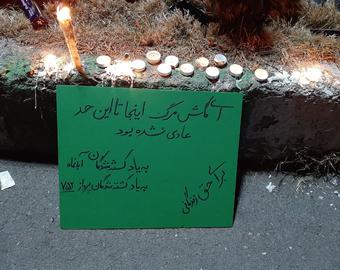
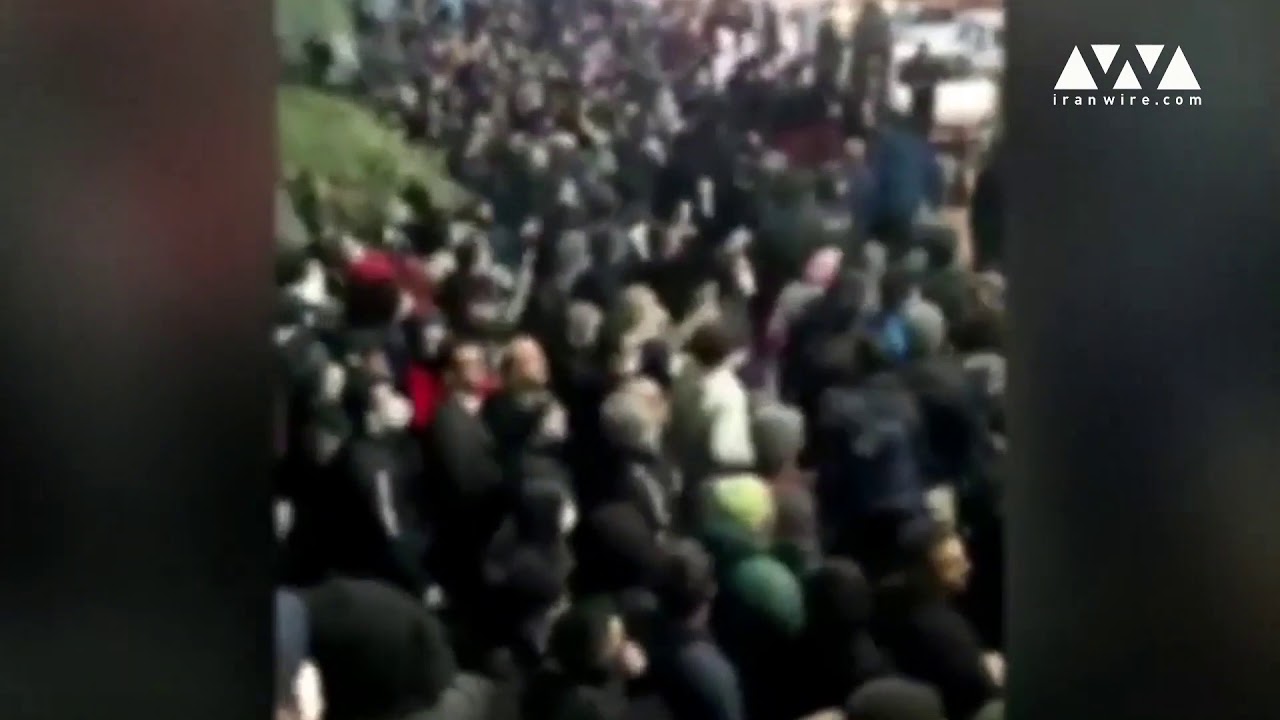
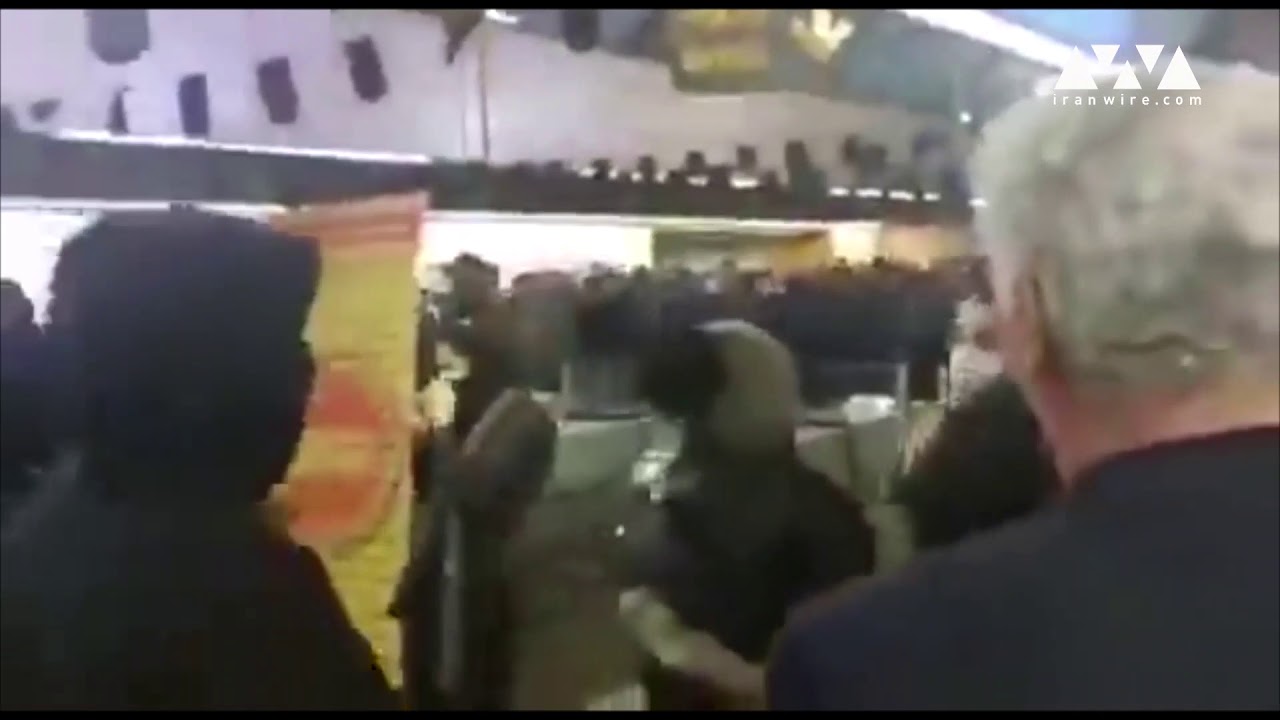
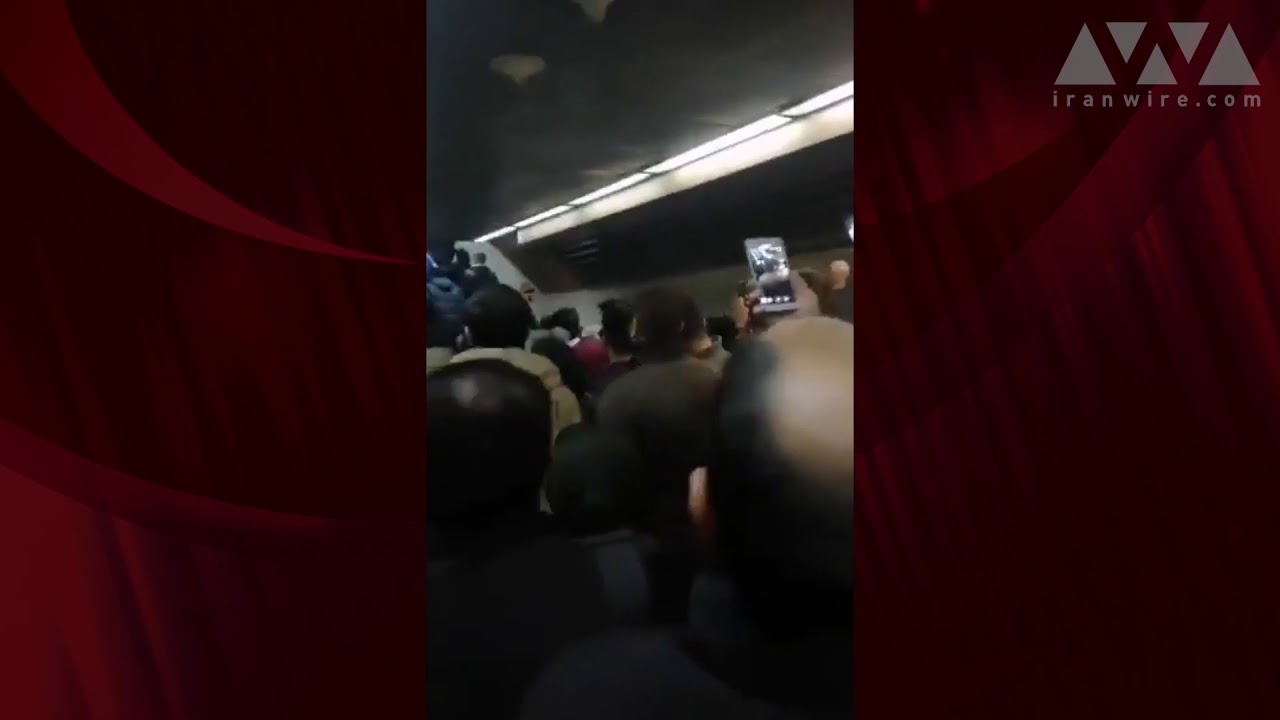
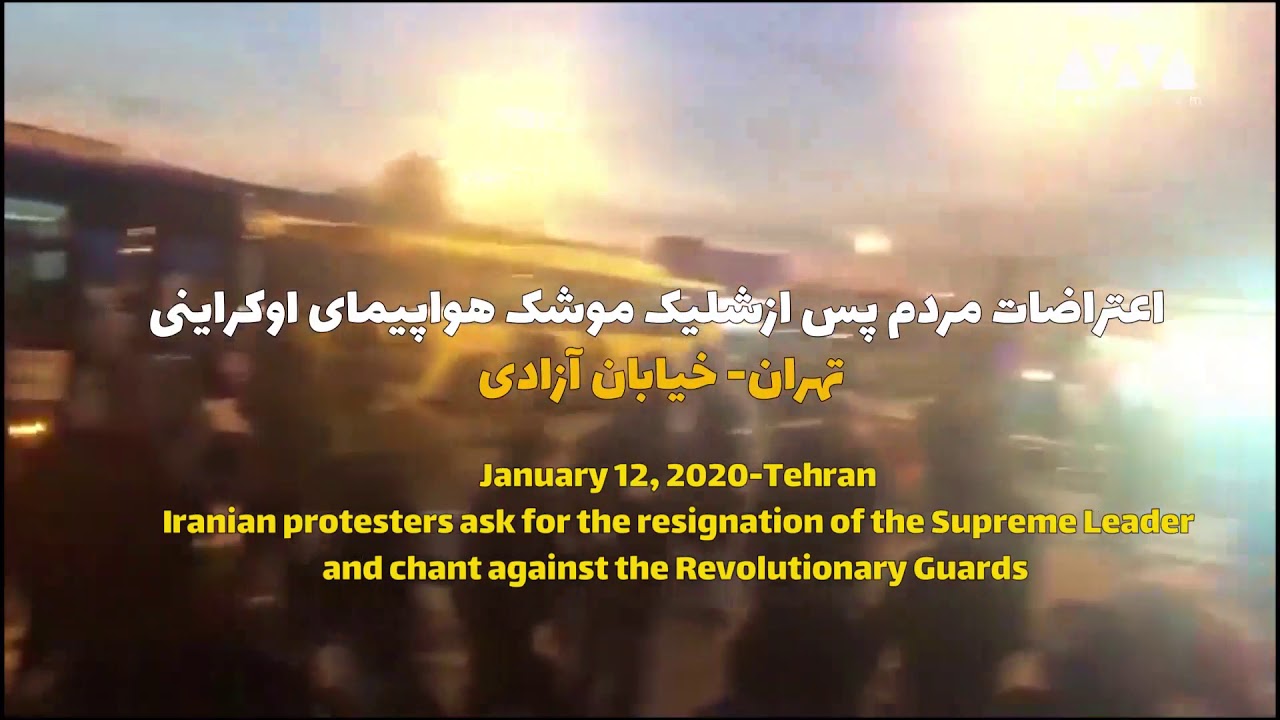
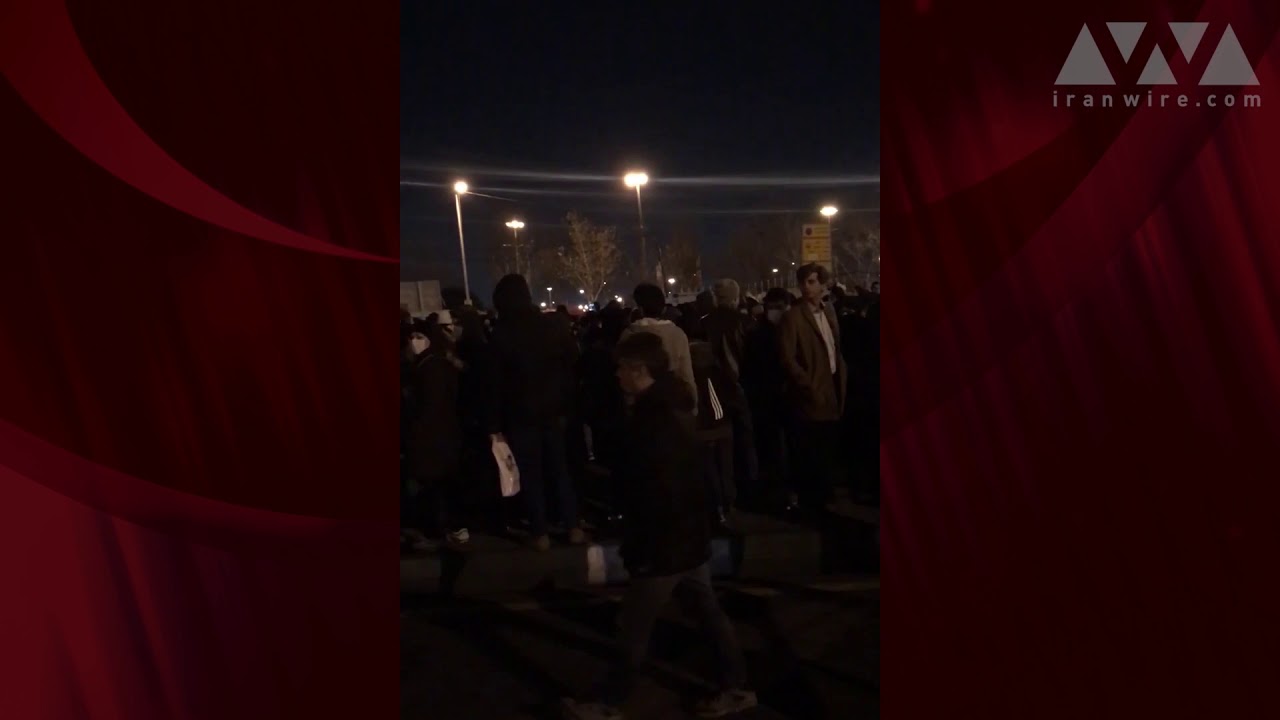




















comments